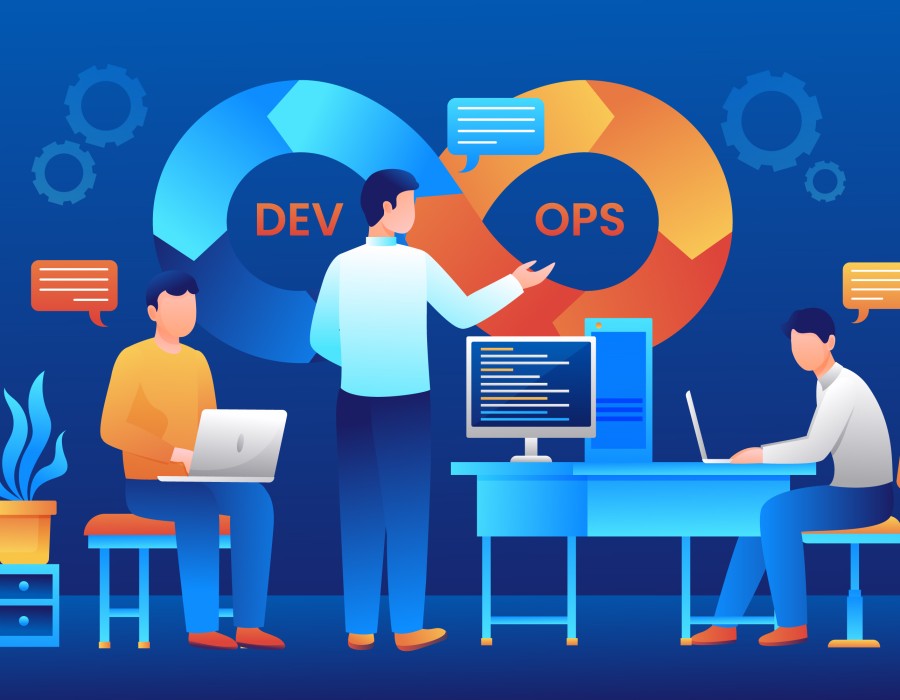The Software Development Life Cycle (SDLC) is a comprehensive framework that guides the development of software applications from conception to deployment. It encompasses several phases, each contributing uniquely to the overall success of the project. Let's delve deeper into the intricacies of SDLC and its profound impact on software development projects.
Deciphering the Essence of SDLC
SDLC consists of several interlinked phases, each serving a specific purpose:
1. Planning: Laying the Foundation
The planning phase is the initial stage of SDLC where project goals, objectives, and requirements are defined. Project managers collaborate with stakeholders to outline project scope, allocate resources, and establish timelines. Thorough planning ensures that project objectives are clearly defined and resources are allocated effectively, setting the stage for successful project execution.
2. Analysis: Understanding User Needs
During the analysis phase, requirements are gathered, analyzed, and documented. Business analysts work closely with stakeholders to identify user needs, business requirements, and system constraints. This phase is crucial for understanding the underlying problems that the software solution aims to address and ensuring alignment between project goals and user expectations.
3. Design: Blueprint for Implementation
The design phase involves translating requirements gathered during the analysis phase into a detailed design plan. Software architects and designers collaborate to define the software's architecture, user interface, and functionalities. A well-designed system ensures scalability, maintainability, and extensibility, laying the foundation for successful implementation.
4. Development: Bringing Ideas to Life
In the development phase, developers write code, integrate software components, and build the final product. Agile methodologies such as Scrum and Kanban facilitate iterative development, allowing teams to adapt to changing requirements and deliver incremental value to stakeholders. Collaboration between developers, testers, and other team members is crucial for ensuring the quality and integrity of the codebase.
5. Testing: Ensuring Quality and Reliability
Testing is a critical phase where the software is rigorously evaluated to identify defects, bugs, and performance issues. Quality assurance engineers conduct various types of testing, including unit testing, integration testing, and user acceptance testing (UAT), to ensure that the software meets quality standards and user expectations. Effective testing practices help mitigate risks and ensure the reliability and performance of the software.
6. Deployment: Transitioning to Production
The deployment phase marks the transition of the software from development to production environments. Deployment engineers configure servers, deploy the software, and perform smoke tests to ensure that the system is operational. Continuous integration and continuous deployment (CI/CD) practices streamline the deployment process, enabling organizations to deliver new features and updates to users seamlessly.
7. Maintenance: Nurturing Continuous Improvement
The maintenance phase involves monitoring, updating, and enhancing the software over its lifecycle. This includes fixing bugs, addressing user feedback, and introducing new features and improvements. Continuous monitoring and feedback enable organizations to identify and prioritize maintenance tasks, ensuring that the software remains reliable, secure, and aligned with evolving user needs.
Impact of SDLC on Software Projects
SDLC has a profound impact on various aspects of software development projects:
1. Project Management: Orchestrating Success
SDLC provides project managers with a structured framework for planning, executing, and monitoring software projects. By following a predefined set of phases and processes, project managers can track progress, manage resources, and mitigate risks effectively, ensuring project success within stipulated timelines and budgets.
2. Quality Assurance: Upholding Excellence
Quality assurance is inherent to SDLC, with testing activities integrated into each phase of the development process. By conducting comprehensive testing, development teams can identify and rectify issues early, ensuring that the final product meets quality standards and user expectations. Robust testing practices contribute to the overall reliability, performance, and usability of the software.
3. Risk Management: Mitigating Uncertainties
SDLC facilitates proactive risk management by identifying and addressing potential issues early in the development process. Thorough analysis, planning, and testing enable teams to anticipate and mitigate risks, reducing the likelihood of project delays, cost overruns, and quality issues. Effective risk management practices enhance project resilience and ensure successful project outcomes.
4. Collaboration: Fostering Synergy
SDLC fosters collaboration and communication among project stakeholders, including developers, testers, and end-users. By providing a common framework and language for discussing project requirements and deliverables, SDLC ensures that all team members are aligned and working towards a common goal. Effective collaboration enhances teamwork, productivity, and innovation, driving project success.
5. Scalability and Flexibility: Adapting to Change
SDLC offers a scalable and flexible approach to software development, allowing teams to adapt and respond to changing project requirements and market conditions. By breaking the development process into distinct phases, SDLC enables iterative development, facilitating continuous improvement and innovation. Scalable and flexible practices empower organizations to deliver high-quality software solutions that evolve with changing user needs and technological advancements.
Conclusion: Harnessing the Power of SDLC
In conclusion, Software Development Life Cycle (SDLC) serves as a guiding framework that shapes the outcome of software development projects. By providing a structured approach to project management, requirements analysis, design, development, testing, deployment, and maintenance, SDLC ensures project success and delivers high-quality software solutions that meet user needs and exceed expectations. Understanding and effectively implementing SDLC principles are essential for achieving desired project outcomes, driving innovation, and fostering continuous improvement in software development projects.
Source: https://bresdel.com/blogs/486624/How-Does-SDLC-Impact-Your-Software-Development-Projects





Comments